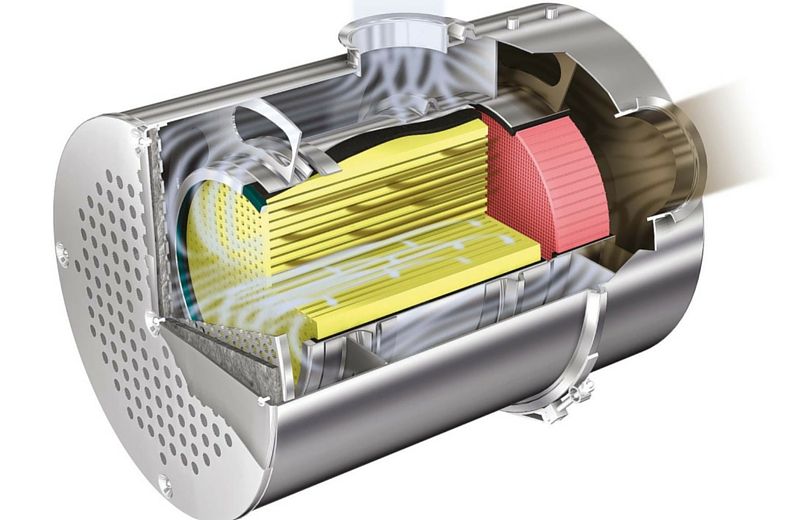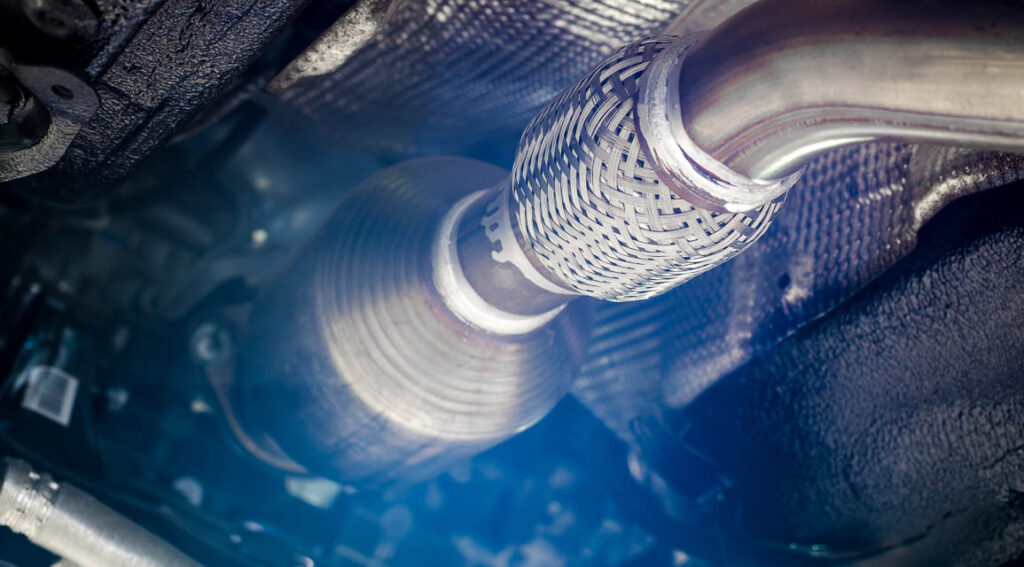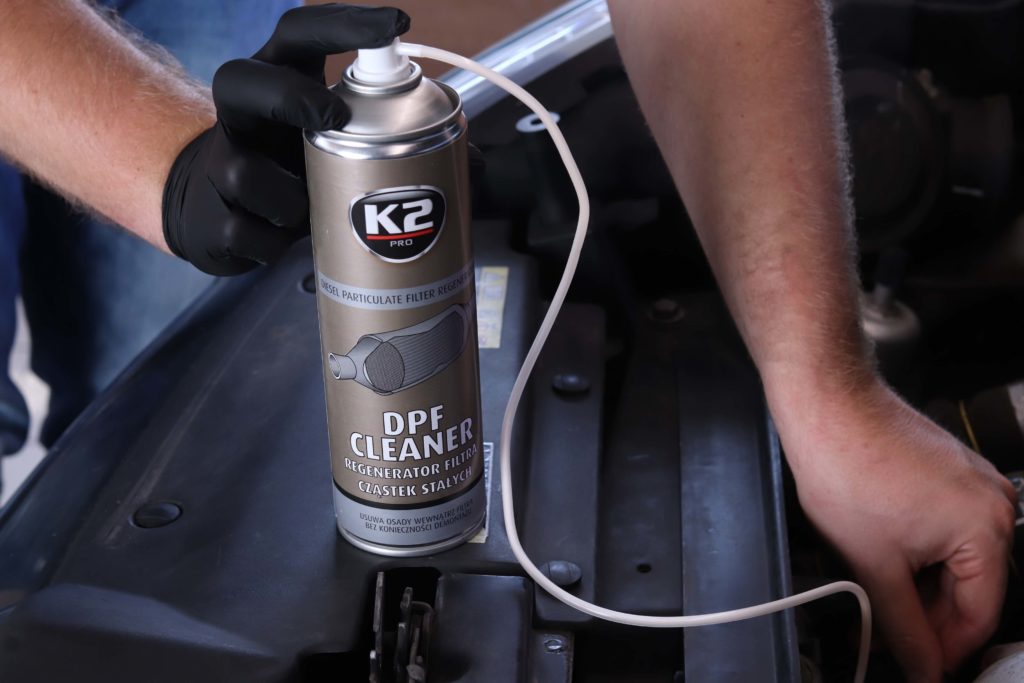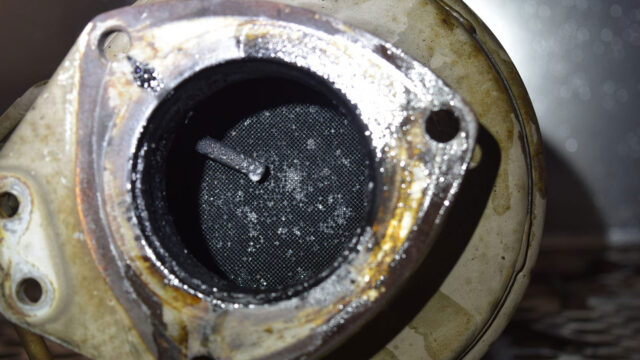Diesel particulate filters (DPFs) are an essential component in modern diesel engines. They help reduce the amount of noxious gasses emitted from a diesel engine, such as nitrogen oxides and carbon dioxide. But they can become blocked if they’re not maintained properly. This can lead to decreased engine performance, increased emissions and even engine damage. In this article, we will look at why these filters become blocked and what you can do to prevent it from happening.
What is a DPF?
A DPF is a diesel particulate filter that is used to remove soot and other particulates from the exhaust gas of a diesel engine. It is typically made of ceramic or metal, and it works by trapping the soot particles in the filter as the exhaust gas passes through it. Over time, the soot particles can build up in the filter and cause it to become blocked.
In order to prevent this from happening, the filter requires regular cleaning or replacements. This helps to ensure that the engine continues to run efficiently and helps to reduce emissions of harmful pollutants. DPF removal and remap is also available to increase engine performance.
How Does a DPF Work?

A DPF works by trapping exhaust particles in a porous walled filter. The trapped particles are then burned off by the engine’s heat, leaving only clean exhaust gasses to exit the tailpipe. Over time, it can become clogged with particulate matter, reducing its effectiveness and causing the engine to work harder.
To prevent this from happening, diesel engines are equipped with a regeneration process. This process helps to keep the filter clean by using fuel to heat up the trapped particles, causing them to combust and form ash. The ash is then released out of the tailpipe.
Why Do DPFs Get Blocked?
DPFs can become blocked for a number of reasons.
– The most common reason is due to the build-up of soot, which can happen when the engine is not operating at its optimal temperature. When this happens, the soot does not get burned off and instead accumulates in the filter. Over time, this can lead to a complete blockage.
– Other reasons for a blocked DPF include driving habits (such as short journeys where the engine does not get hot enough to burn off the soot), using low-quality fuel, and incorrect maintenance (such as failing to have the filter regeneration cycle carried out).
– Additionally, it can become blocked if it’s not the correct type for the engine type or if it has been damaged by water ingress.
How to Prevent DPF Blockages?

In order to prevent DPF filter blockages, it is important to regularly clean and inspect the filter. This can be done by using a brush or compressed air to remove any debris that may be clinging to the filter. It is also important to avoid idling for long periods of time, as this can cause the filter to become clogged. If the filter does become blocked, it is important to have it professionally cleaned as soon as possible in order to prevent damage to the engine. DPF removal is also an option, however this should only be done in accordance with the manufacturer’s instructions.
Benefits of DPF removal:
- Increase in fuel economy: Removing the DPF can increase your vehicle’s fuel economy by up to 20%.
- Improved engine performance: Removing it allows for better airflow and improved engine performance.
- Reduce emissions: Without it, your vehicle will produce fewer harmful emissions and pollutants.
- Less maintenance: Without it, there is less need for regular maintenance and cleaning of the filter.
- Cost savings: Removing it can help you save money in the long run, as it eliminates the need for regular cleaning and maintenance.
How to Clean a DPF?
As the name suggests, a DPF cleans the exhaust fumes from your engine by trapping soot and other particulates. Over time, the filter can become clogged with this trapped matter, which reduces its ability to clean effectively. When this happens, the filter must be cleaned to restore its performance.
Cleaning it is not a difficult task, but it does require some special care and attention.
– The first step is to remove the filter from the exhaust system. This can usually be done by unbolting the filter housing and pulling the filter out. Once the filter is removed, you will need to gently tap it on a hard surface to loosen any trapped soot.
– Next, use compressed air to blow any remaining soot out of the pores of the filter. Be sure to wear a dust mask while doing this, as soot can be harmful if inhaled.
– Finally, rinse the filter with water and reinstall it in the exhaust system.

Wrapping Up
As we said, DPFs can become blocked for a number of reasons, the most common being from burning oil. When oil is burned, it leaves behind a sooty residue that can eventually clog up the pores of the filter. Another way filters can become blocked is from driving in stop-and-go traffic or short trips where the engine does not get hot enough to burn off the soot.
To prevent it from becoming blocked, it is important to change your oil regularly and to avoid driving in conditions that will cause the filter to become clogged. If you must drive in stop-and-go traffic or make short trips, try to do so when the weather is warm so that the engine will reach its operating temperature more quickly and have a chance to burn off any soot that may have accumulated.
In conclusion, DPFs can get blocked due to a variety of causes including driving conditions, age and poor fuel quality. Regular servicing and maintenance is essential in order to keep your vehicle running smoothly, helping you avoid costly repairs or replacements. If you ever experience any issues with your DPF, it’s highly recommended that you consult a professional who can advise the best course of action.



